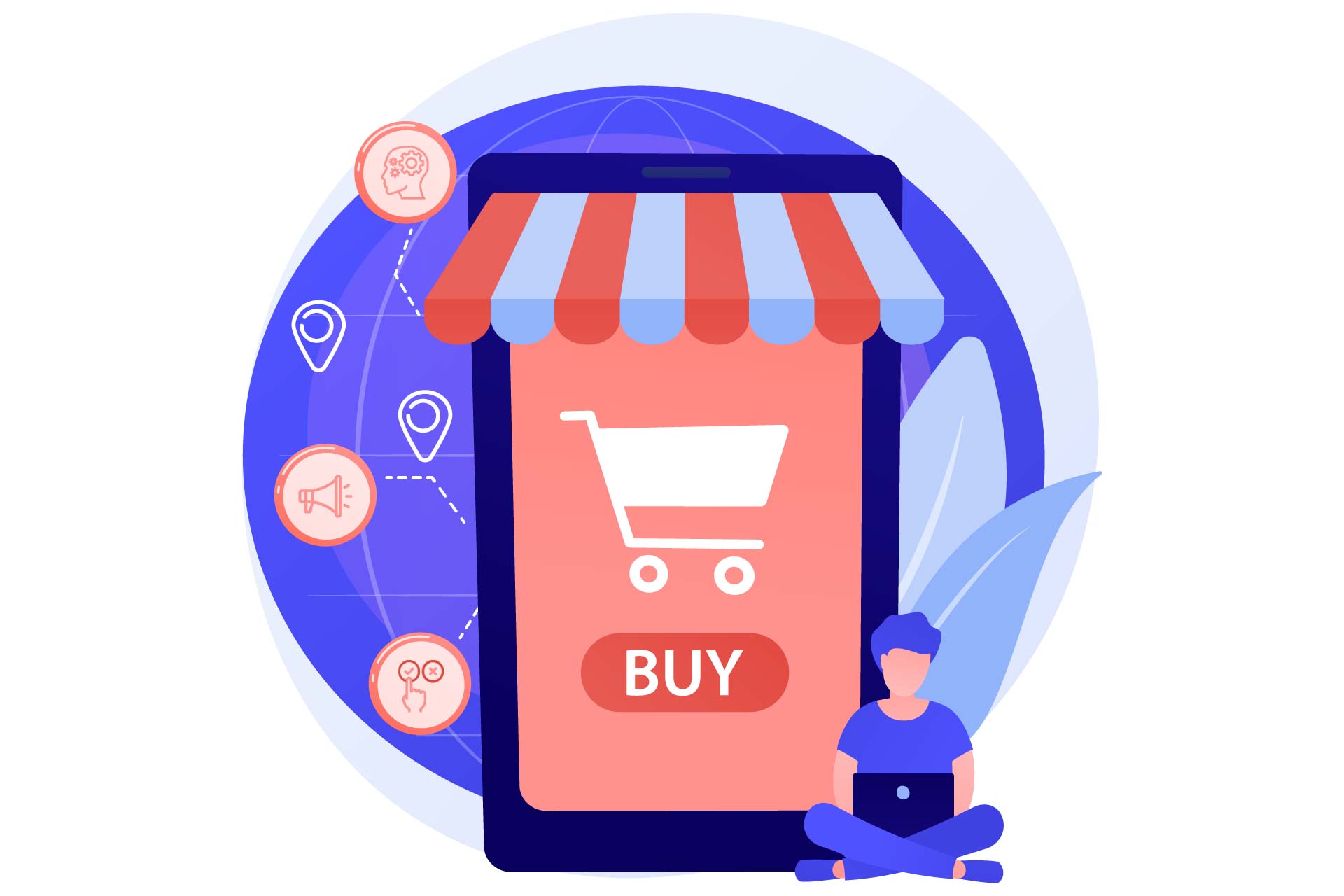In recent years, shoppers, more familiar than ever with technology, have increased expectations but also behavior more akin to that of B2C consumers – due to the abundance of choice. This, of course, means a need for change both in companies’ strategies to meet these expectations and in the buyer’s journey itself.
In this article, we’ll address exactly how you can navigate each of the three stages of your buyer’s journey in the context of a rapidly evolving landscape where online and offline shopping experiences are constantly converging.
- Awareness
In the first stage, shoppers are looking for a solution to a problem they are facing. So, in order to increase brand awareness, you need to relate the benefits of your brand to the problems your customers are facing. Investigate their pain points and provide a more specialized content, which requires a deeper understanding of your industry.
Also keep in mind that social media platforms and influencers continue to help shape shoppers’ preferences. By investing in influencer marketing and social media advertising, therefore, you can effectively reach your target audience.
- Consideration (Study)
At this stage, buyers, having left the awareness stage behind, wish to discover the available options and compare them. Thus, they often turn to digital channels (e.g. online marketplaces, social media platforms) for research and evaluation.
Of course, this does not necessarily mean that they are ready to make a purchase. Therefore, what you are called upon to do to beat the competition is to provide them with information that will bring them closer to accepting a sale from you (e.g. through specialized eBooks or videos).
- Decision
In 2023, chatbots and artificial intelligence (AI) customer support are becoming more prevalent in the decision-making process as they provide real-time assistance, answer questions and guide shoppers to make a purchase.
Furthermore, virtual and augmented reality technologies can deliver immersive product experiences, allowing shoppers to visualize and interact with products before they buy them.
Therefore, in the third stage, when the potential buyer makes the final decision to buy the product they are interested in, it is worth strategically integrating the new technologies that are revolutionizing the way consumers interact with brands. In addition, we advise you not to underestimate the value of providing a free trial/live demo to your customers or using case studies to convince them to prefer your brand.
Conclusion
Finally, we should mention that, nowadays, the buyer’s journey is not linear, as buyers, at whatever stage of their journey they are at, can enter and exit it whenever they want. So, place your prospective customer at the heart of your strategy and keep in mind that nothing ends with the sale, as the experiences that follow have the power to always influence their loyalty and commitment to your brand.
